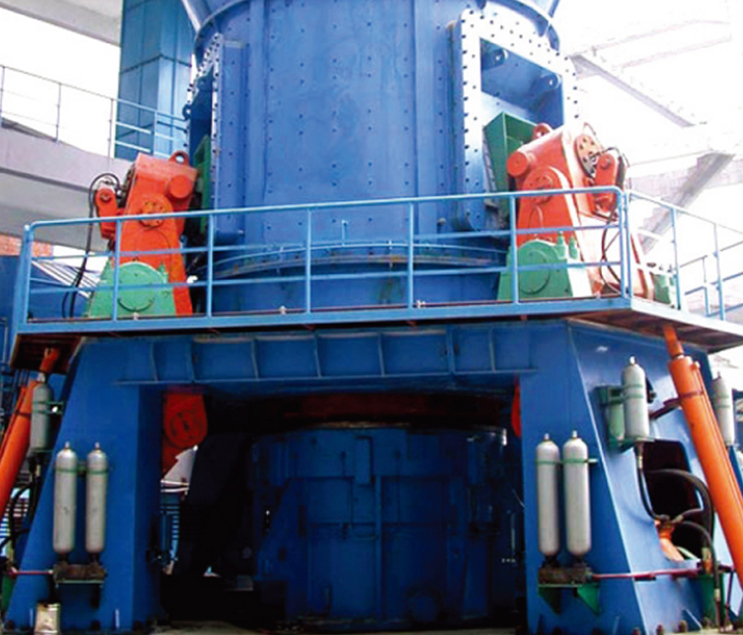The demand for ultra-fine powders (325–2000 mesh) in industries like metallurgy, construction, and chemicals has surged, pushing manufacturers to seek reliable solutions like the LYH1008 Vertical Grinding Mill . While traditional grinding equipment often struggles with precision and efficiency, modern vertical mills are engineered to overcome these hurdles. This article delves into two critical challenges in ultra-fine powder processing and explores how advanced mineral grinding machines like the LYH1008 series are revolutionizing the field.

1. Pushing the Limits: Achieving Nanometer-Scale Fineness
The quest for ultra-fine powders—especially in applications requiring 2000+ mesh—demands more than just brute force. Conventional ball mills and Raymond mills often fall short due to inconsistent particle size distribution and high energy costs. Enter the Vertical Grinding Mill , which leverages a dynamic grinding disc and pressurized rollers to ensure full contact with materials, minimizing waste and maximizing output. However, even these systems face limitations when targeting nanometer-scale fineness.
For instance, processing barite (a dense mineral used in drilling fluids) into 2000-mesh powder requires precise control over classifier speed and airflow. The LYH1008’s advanced classification system excels here, but achieving sub-micron particles may still necessitate supplementary technologies like jet milling. Similarly, dolomite grinding mills must balance fineness with throughput, as overly fine grinding can reduce efficiency. Innovations in classifier blade design and airflow optimization are critical to bridging this gap, ensuring industries can meet stringent specifications without compromising productivity.
2. Moisture Management: Drying While Grinding
Hygroscopic materials like clay or gypsum pose a unique challenge: moisture content can clog machinery and degrade powder quality. The LYH1008 Vertical Grinding Mill addresses this by integrating drying directly into the grinding process. Its high-temperature airflow system evaporates moisture on contact, eliminating the need for pre-drying equipment. This dual functionality is particularly vital for mineral grinding machines processing barite or dolomite, where even minor humidity can destabilize the final product.
Consider a barite grinding mill in a humid region: without robust drying capabilities, operators risk producing clumpy, substandard powder. The LYH1008’s adjustable airflow and temperature controls allow real-time adaptation to material conditions, ensuring consistent drying even with variable feedstock. However, thermal sensitivity remains a concern. Overheating can alter material properties—like altering the chemical composition of dolomite—making precise temperature calibration essential.
Why Vertical Mills Lead the Market
The LYH1008 Vertical Grinding Mill stands out not only for its technical prowess but also for its adaptability. Whether processing barite for oil drilling or dolomite for agricultural lime, its ability to grind, dry, and classify in a single unit reduces operational complexity and floor space requirements. Compared to outdated systems, vertical mills slash energy consumption by up to 30%, with wear-resistant components extending maintenance intervals.
For industries reliant on ultra-fine powders, investing in a mineral grinding machine like the LYH1008 isn’t just a upgrade—it’s a strategic move toward sustainability and profitability. By tackling challenges from moisture control to nanometer-scale grinding, this technology empowers manufacturers to meet evolving market demands head-on.

 English
English 中文简体
中文简体 русский
русский Français
Français Español
Español عربى
عربى
